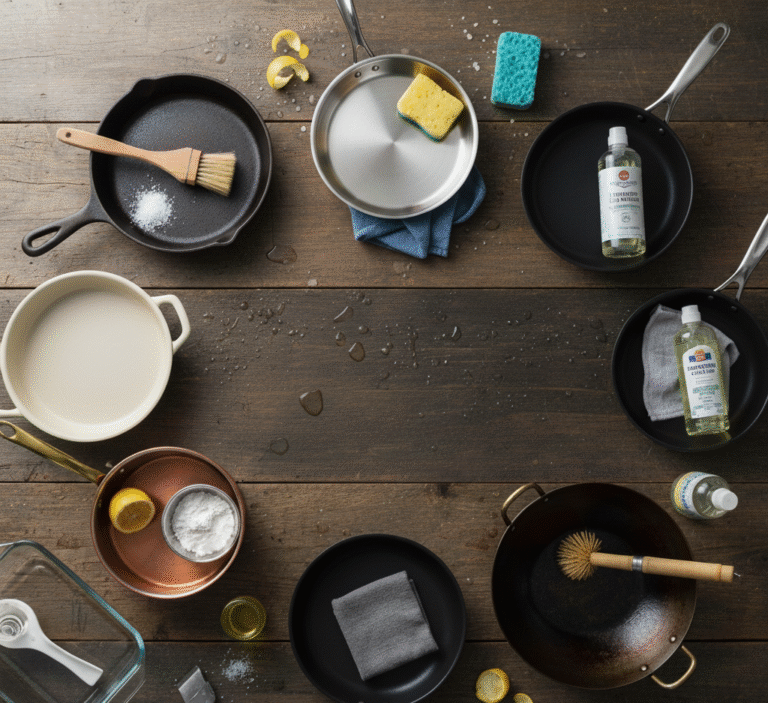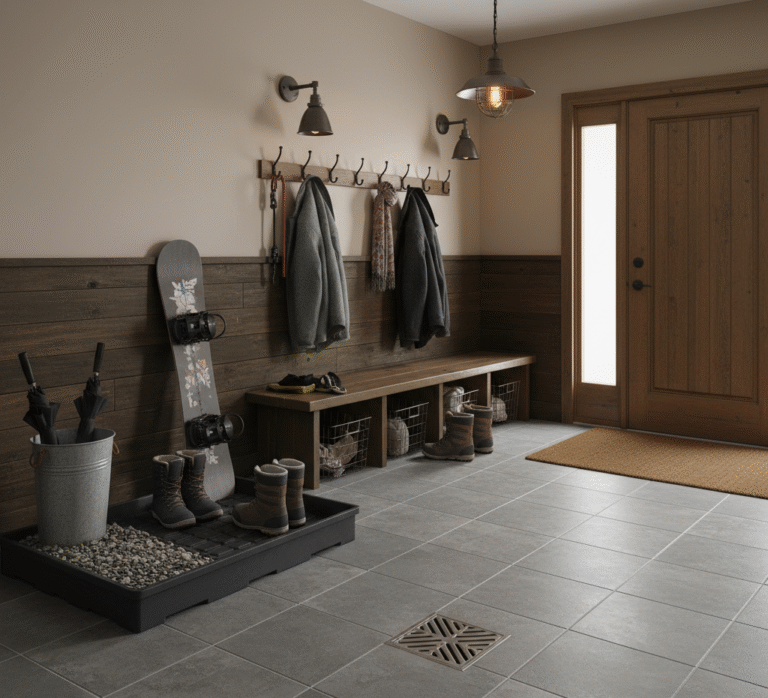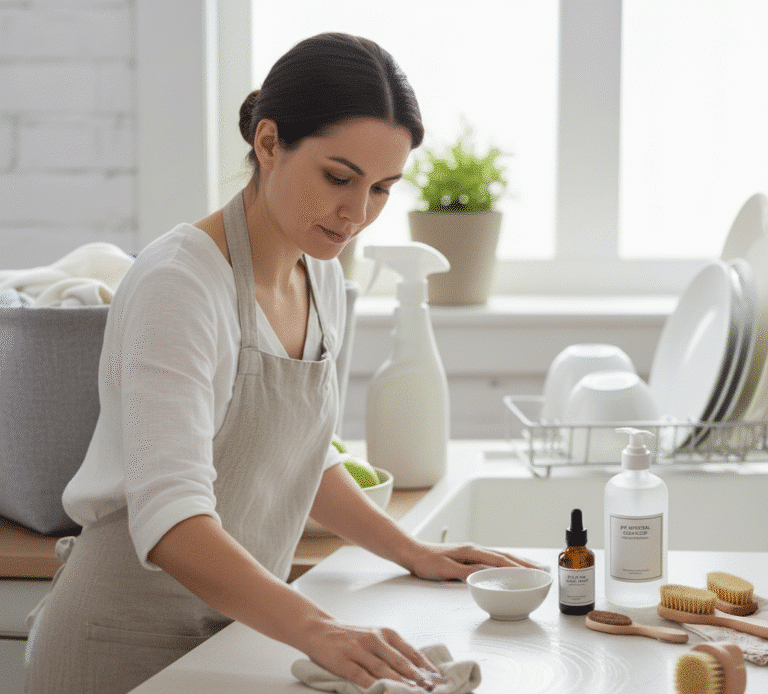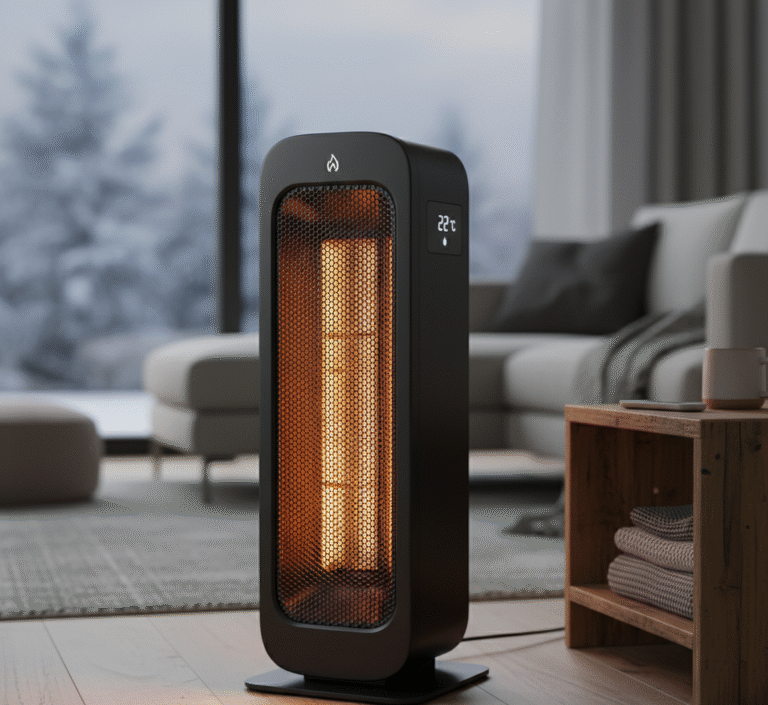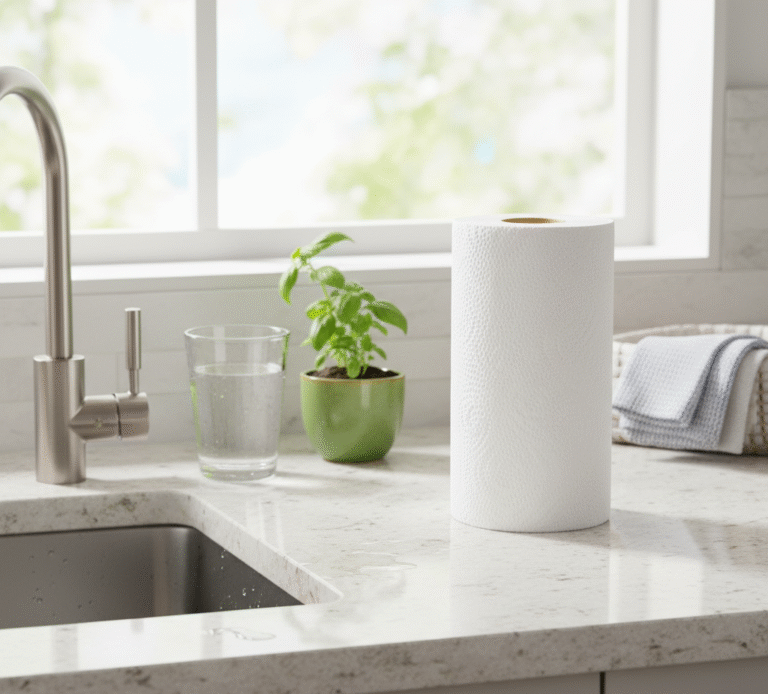A well-cared-for pan is an essential tool in any kitchen, a reliable partner in countless meals. Yet, the path to a long and productive life for your cookware is paved with proper cleaning, a process that varies dramatically from one material to another. Using the wrong technique can lead to scratched surfaces, stripped seasoning, or permanent stains, effectively ruining a perfectly good piece of equipment. Understanding the unique needs of each type of pan is not just about aesthetics; it’s about performance, longevity, and even the taste of your food
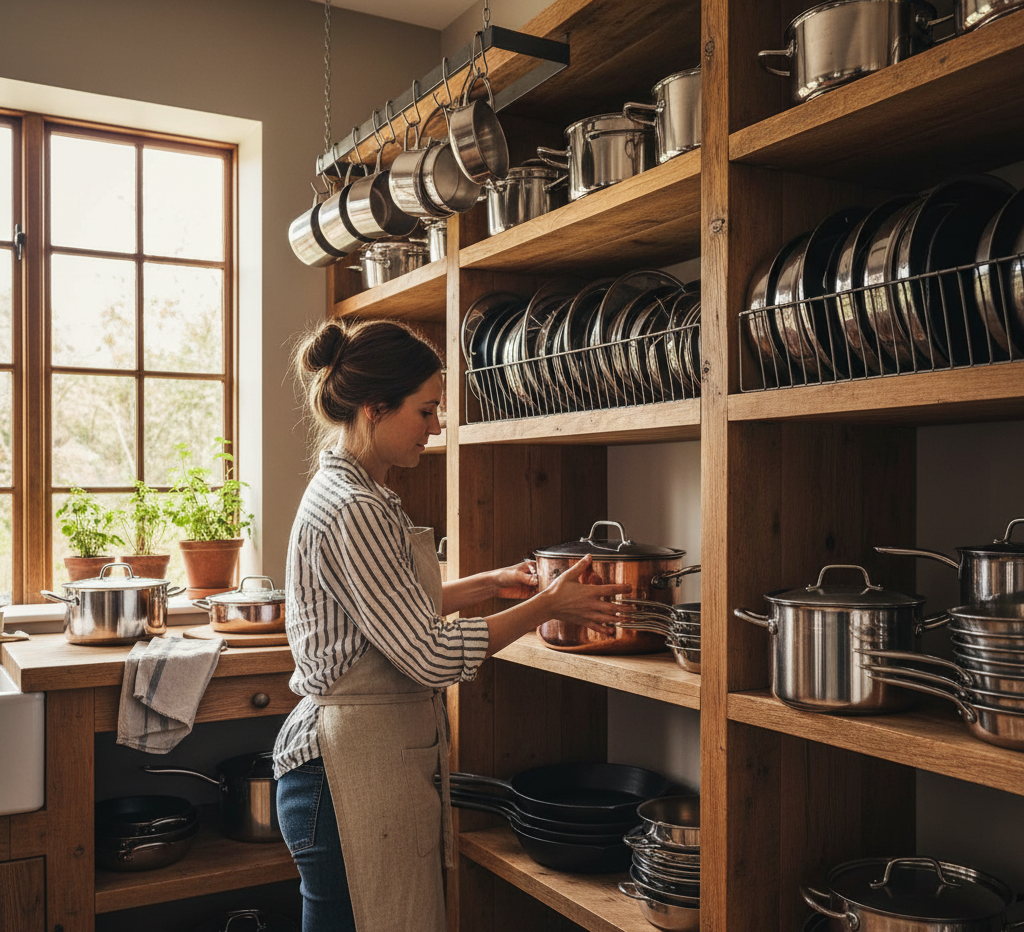
1.The Non-Stick
Let’s begin with the most common pan in modern kitchens: the non-stick. Whether it’s a traditional PTFE-based coating or a newer ceramic one, the guiding principle is gentleness. The non-stick surface is a delicate layer applied over a metal base, and its integrity is paramount. After cooking, always allow the pan to cool down for at least a few minutes. Plunging a hot pan into cold water can cause thermal shock, which may lead to warping over time and can degrade the non-stick coating. Once it’s cool enough to handle, use a soft sponge or a cloth with a small amount of mild dish soap and warm water. Never use steel wool, abrasive scouring pads, or harsh cleaners like comet, as these will scratch and erode the surface, rendering the non-stick properties useless. For stubborn, stuck-on food particles, resist the urge to scrape with a metal utensil. Instead, fill the pan with an inch of water, add a drop of dish soap, and gently heat it on the stove for a few minutes. This will loosen the residue, which can then be easily wiped away. A common issue with non-stick pans is the gradual buildup of a brownish, sticky film from cooking oils and sprays. To tackle this, create a paste of baking soda and water. Apply this paste to the affected areas, let it sit for about twenty minutes, and then gently scrub with a non-abrasive sponge. Rinse thoroughly. To preserve your non-stick cookware, always use wooden, silicone, or nylon utensils, avoid excessively high heat which can release fumes and break down the coating, and consider hand washing even if the pan is labeled “dishwasher safe,” as the high heat and harsh detergents in a dishwasher can shorten its lifespan significantly.
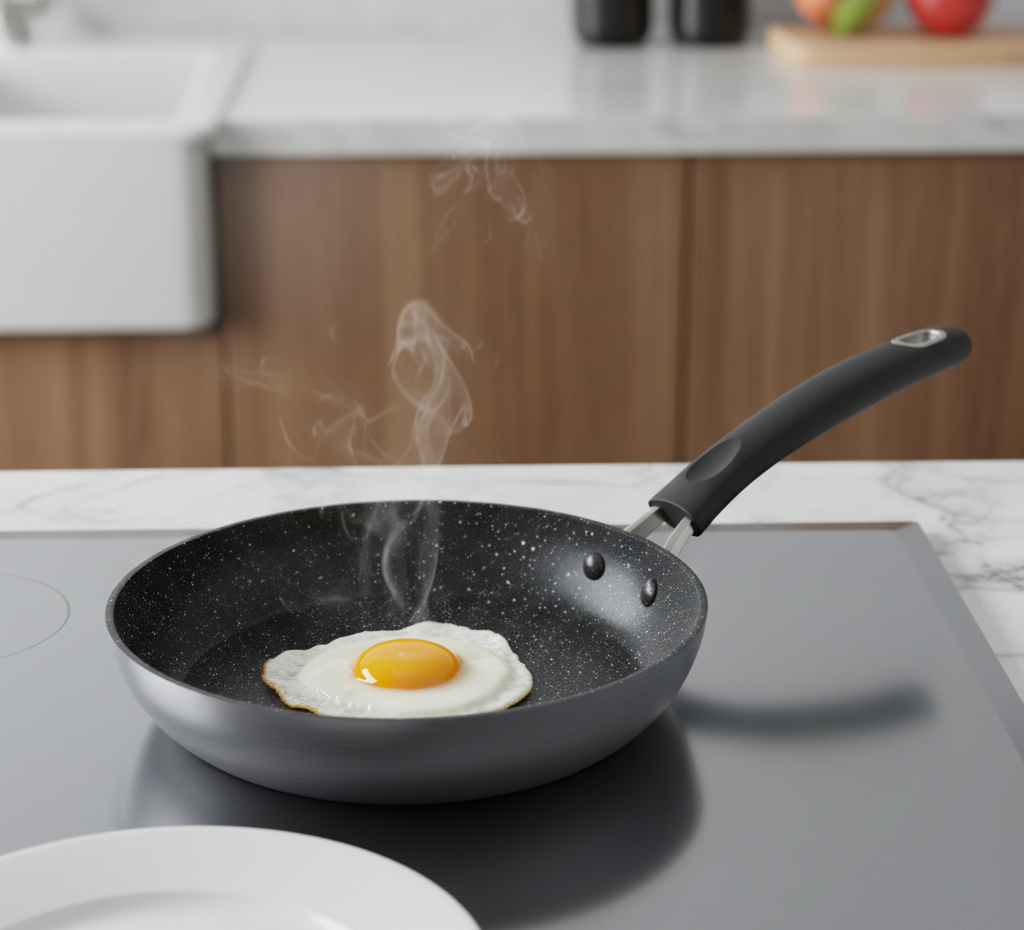
2.Stainless Steel
Stainless steel pans are the workhorses of many kitchens, prized for their durability and even heat distribution. They can withstand more vigorous cleaning than non-stick pans, but they have their own set of challenges, namely burnt-on food and a peculiar rainbow-like discoloration. For daily cleaning, soap, water, and a standard kitchen sponge are perfectly adequate. If you have food firmly stuck to the bottom right after cooking, you can deglaze the pan while it’s still hot. Carefully pour in a small amount of water or broth; it will sizzle and steam, lifting most of the browned bits right off the surface. For more serious, burnt-on messes, fill the pan with enough water to cover the grime, add a tablespoon of baking soda, and bring it to a boil. Let it simmer for several minutes, then turn off the heat and let it cool. The burnt food should soften and become much easier to scrape off with a wooden spoon or a spatula. For the most stubborn, blackened-on carbon, a powdered cleanser like Bar Keepers Friend is invaluable. Create a paste with the powder and a little water, apply it to the pan, and scrub with a sponge or a non-scratch scouring pad. The oxalic acid in the cleanser is remarkably effective at breaking down these tough stains. The other common issue is heat tint, that iridescent, rainbow-like pattern that appears on the surface. This is a harmless oxidation layer caused by overheating. To remove it, you need a mild acid. Pour a small amount of white vinegar into the pan, just enough to cover the bottom, and let it sit for about ten to fifteen minutes. You can also gently heat the vinegar for a more potent effect. Afterwards, simply wash the pan as usual with soap and water, and the rainbow stains should be gone, restoring the steel’s brilliant shine.
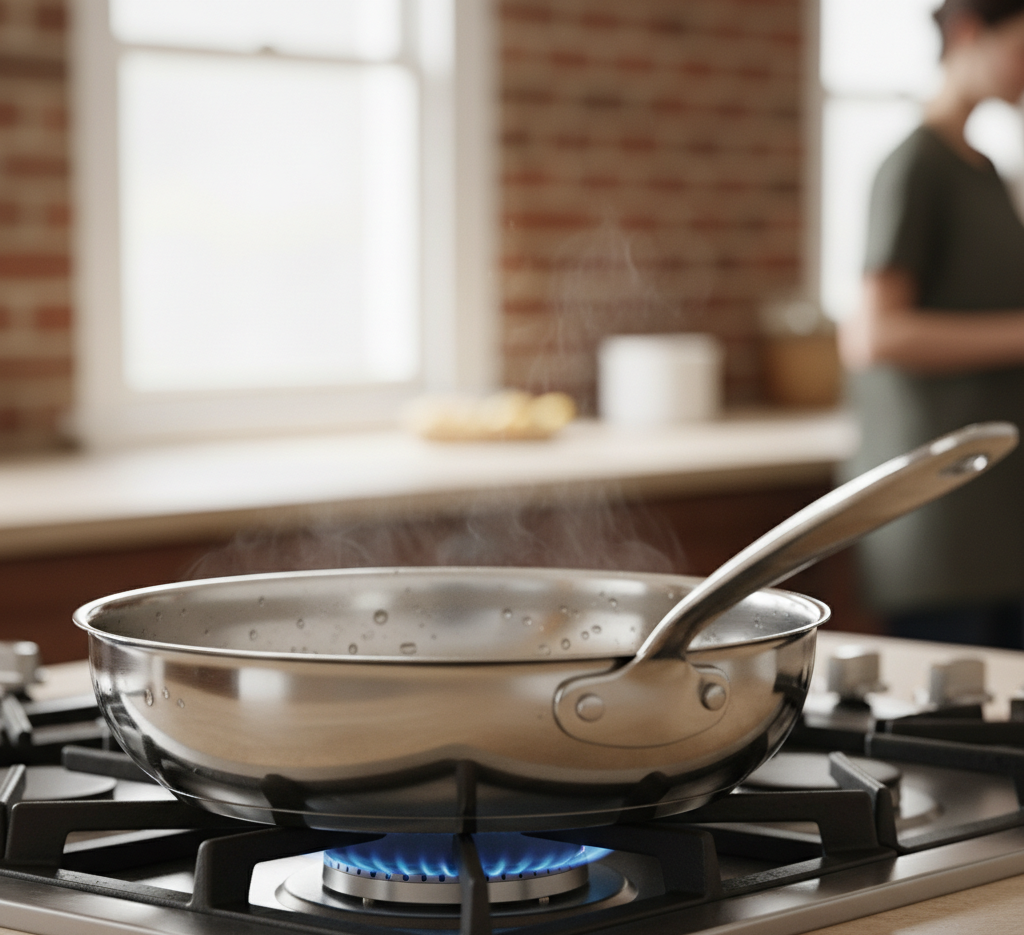
3.Cast Iron
The cast iron skillet is a cherished heirloom in many families, and its care is more a ritual than a chore. The goal with cast iron is not to achieve a sterile, gleaming surface but to build and maintain a layer of “seasoning.” This seasoning is simply oil that has been baked onto the pan, creating a natural, rust-resistant, and remarkably non-stick surface. After cooking, the best practice is to clean the pan while it is still warm. Use hot water and a stiff-bristled brush or a dedicated pan scraper to remove any food particles. For truly stubborn bits, a chainmail scrubber is an excellent tool that removes debris without harming the seasoning. A common point of debate is the use of soap. On a very well-seasoned pan, a tiny drop of mild dish soap is generally acceptable, but many purists avoid it entirely as it can begin to break down the precious oil layer. The most critical step in cast iron care is drying. Never let a cast iron pan air dry, as this will inevitably lead to rust. After rinsing, place the pan back on the stove over low heat for a few minutes until every last drop of moisture has evaporated. Once it’s bone dry, pour a half-teaspoon of a neutral oil—like canola, grapeseed, or flaxseed oil—into the pan. Use a paper towel to rub this thin layer of oil all over the entire interior surface. Continue to heat the pan until the oil just begins to smoke, then turn off the heat and let it cool completely. This process of a “maintenance season” after each wash reinforces the protective layer. If you do encounter rust, do not despair. It is completely fixable. Scrub the rust away with steel wool and some soapy water until you are down to the bare metal. Then, you must completely re-season the pan by applying a thin coat of oil to the entire pan (inside and out) and baking it upside down in a hot oven for an hour.
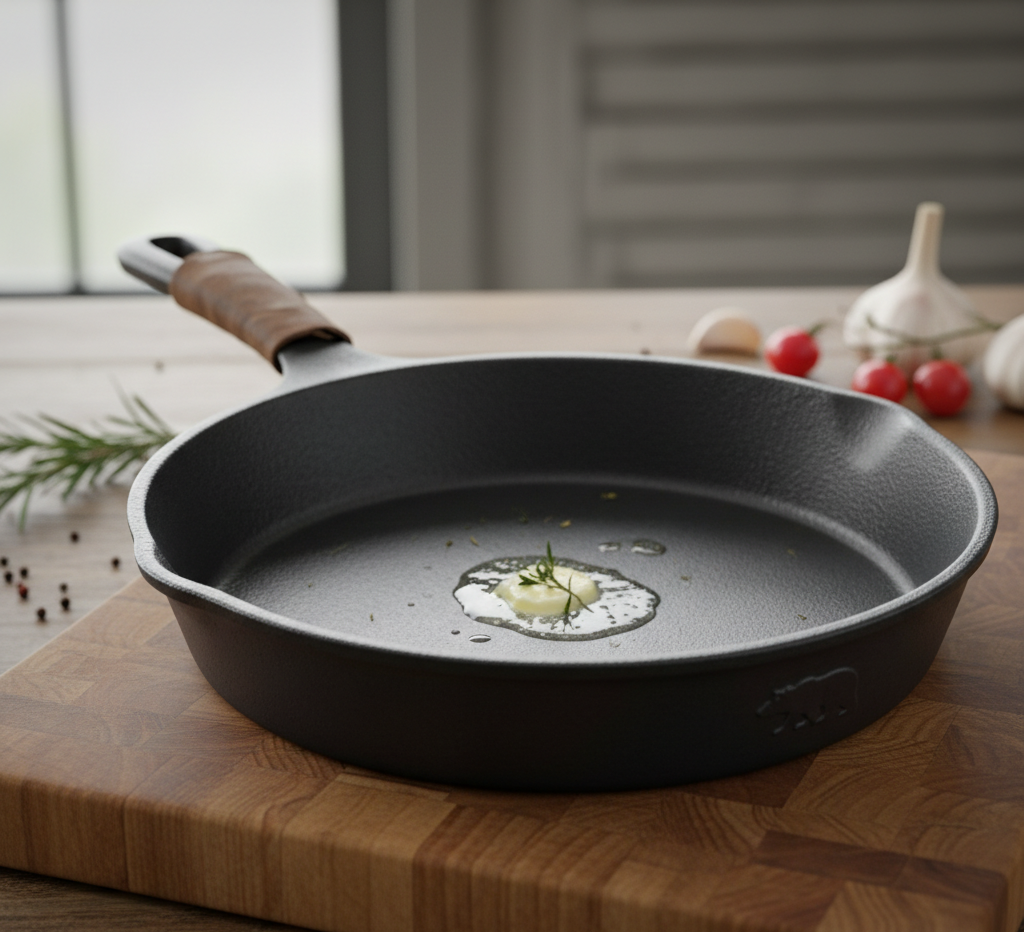
4.Carbon Steel
Carbon steel pans behave very similarly to cast iron and should be treated with the same reverence for their seasoning. They are lighter and more responsive to heat changes, but the cleaning principles are identical. Clean with hot water and a brush, avoid harsh soaps, and most importantly, dry the pan on the stovetop immediately after washing. Finish with a micro-layer of oil wiped onto the surface to protect it from moisture and maintain the non-stick patina you have worked to build. Like cast iron, rust is the primary enemy, and immediate, thorough drying is the absolute best defense.
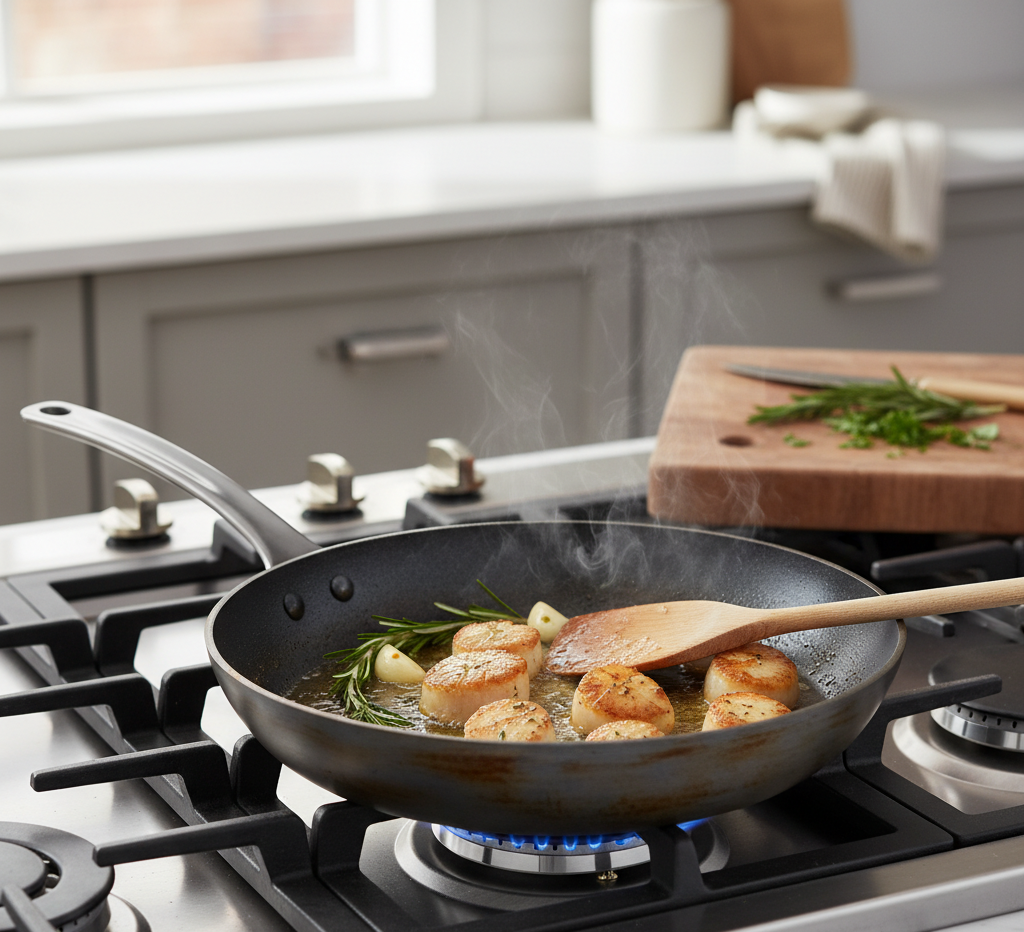
5.Enameled Cast Iron
Enameled cast iron, such as a classic Dutch oven, combines the heat retention of cast iron with a non-reactive, non-porous enamel coating. This coating, which is essentially a layer of glass fused to the iron, makes cleaning much simpler. You do not need to worry about seasoning or rust. Mild dish soap, warm water, and a soft sponge are all you need for daily cleaning. The enamel is durable, but it can be chipped or scratched, so avoid metal utensils during cooking and metal scouring pads during cleaning. The light-colored interior of many Dutch ovens is prone to staining from foods like tomato sauce or red wine. To combat this, you can fill the pot with water, add two tablespoons of baking soda, and bring it to a gentle simmer for about 10 minutes. For very stubborn stains, a paste made of baking soda and a little water can be applied and left to sit for an hour before gently scrubbing. To prevent cracking or “crazing” of the enamel, always allow the pot to cool before washing and avoid extreme temperature shifts.
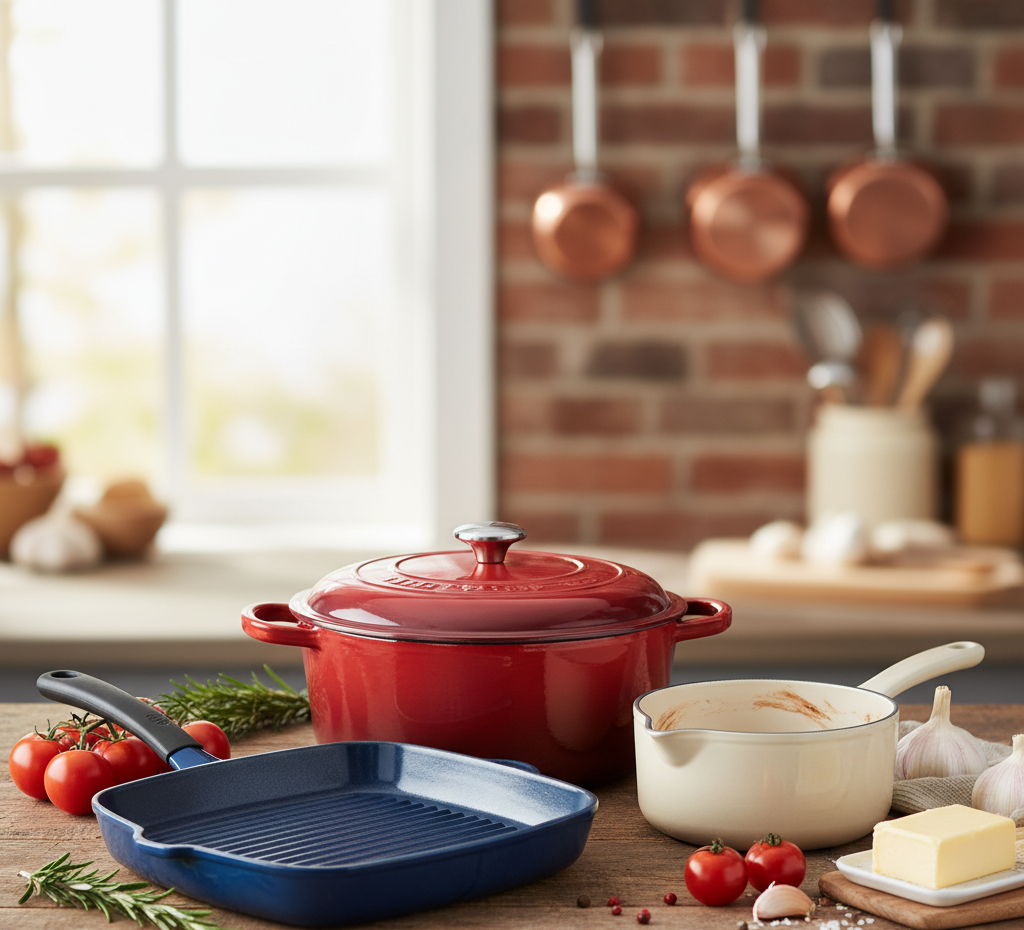
6.Copper Pans
Copper pans are the jewels of the kitchen, admired for their stunning appearance and unparalleled thermal conductivity. Cleaning them involves caring for two distinct surfaces: the interior cooking surface, which is often lined with a non-reactive metal like stainless steel or tin, and the copper exterior. Clean the interior based on its material, following the guidelines for stainless steel. The real work is in maintaining the exterior shine. Copper naturally reacts with oxygen in the air, developing a patina or tarnish that can range from a deep bronze to green. Some cooks appreciate this aged look, but if you prefer a brilliant shine, you need a mild acid. A simple and effective homemade cleaner can be made by mixing lemon juice and salt or baking soda into a paste. Apply this paste to the copper exterior with a soft cloth, rubbing gently. Let it sit for a few minutes, and you will see the tarnish begin to dissolve. Rinse with warm water and dry immediately and thoroughly with a soft, clean cloth to prevent water spots. Another surprisingly effective cleaner is ketchup; the mild acid from the tomatoes and vinegar works wonders on tarnish. Simply smear a thin layer on the copper, let it sit for ten minutes, and wipe it clean. Of course, commercial copper cleaners are also readily available and work exceptionally well.
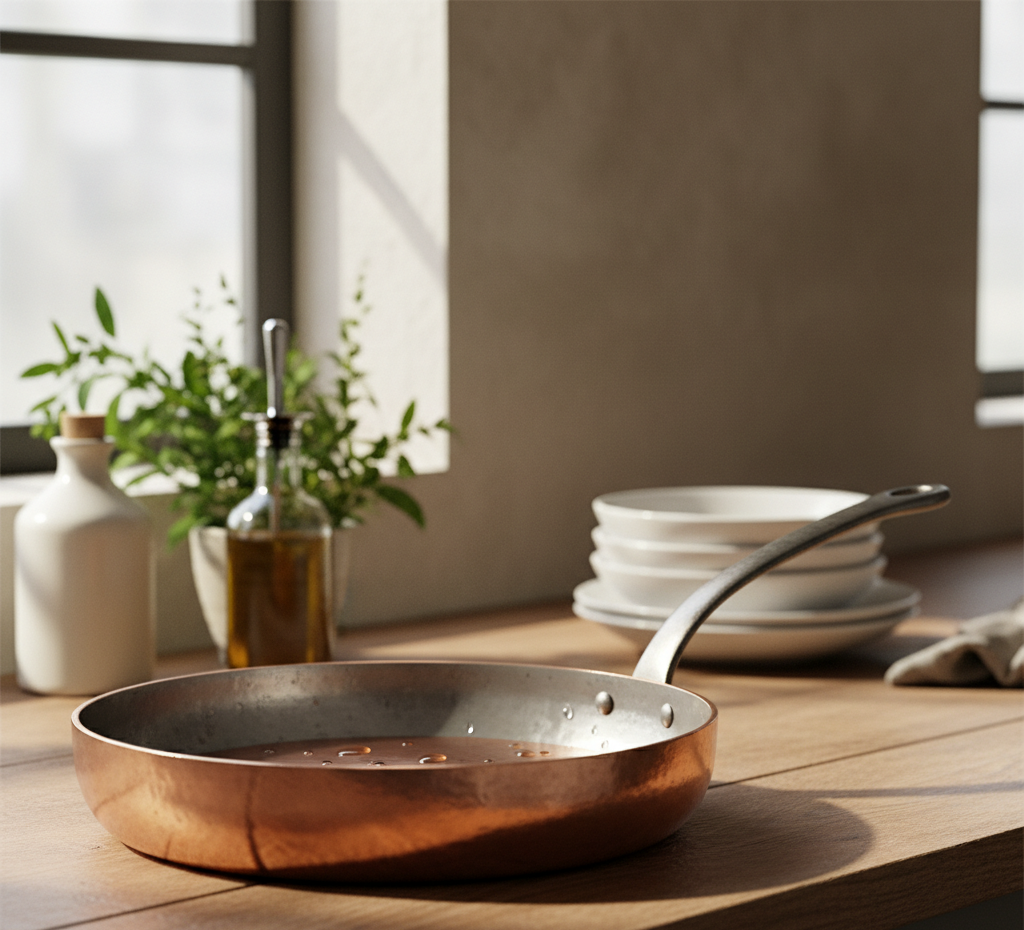
7.Aluminum Pans
At the end, aluminum pans are lightweight and excellent heat conductors, but they are reactive and can stain easily. For basic cleaning, soap and water are sufficient. However, aluminum can darken when it comes into contact with alkaline foods or minerals in water. To restore its brightness, fill the pan with water and add two teaspoons of cream of tartar or a tablespoon of lemon juice for every quart of water. Bring the solution to a boil and let it simmer for ten to fifteen minutes. The acidic solution will react with the discolored surface and lighten it considerably. It is crucial to avoid cleaning aluminum pans in the dishwasher, as the harsh detergents can cause severe, permanent darkening and pitting on the surface. Anodized aluminum has been treated to create a harder, more durable, and less reactive surface, making it more resistant to stains and scratches, but it should still be hand-washed with a gentle detergent to preserve its finish.
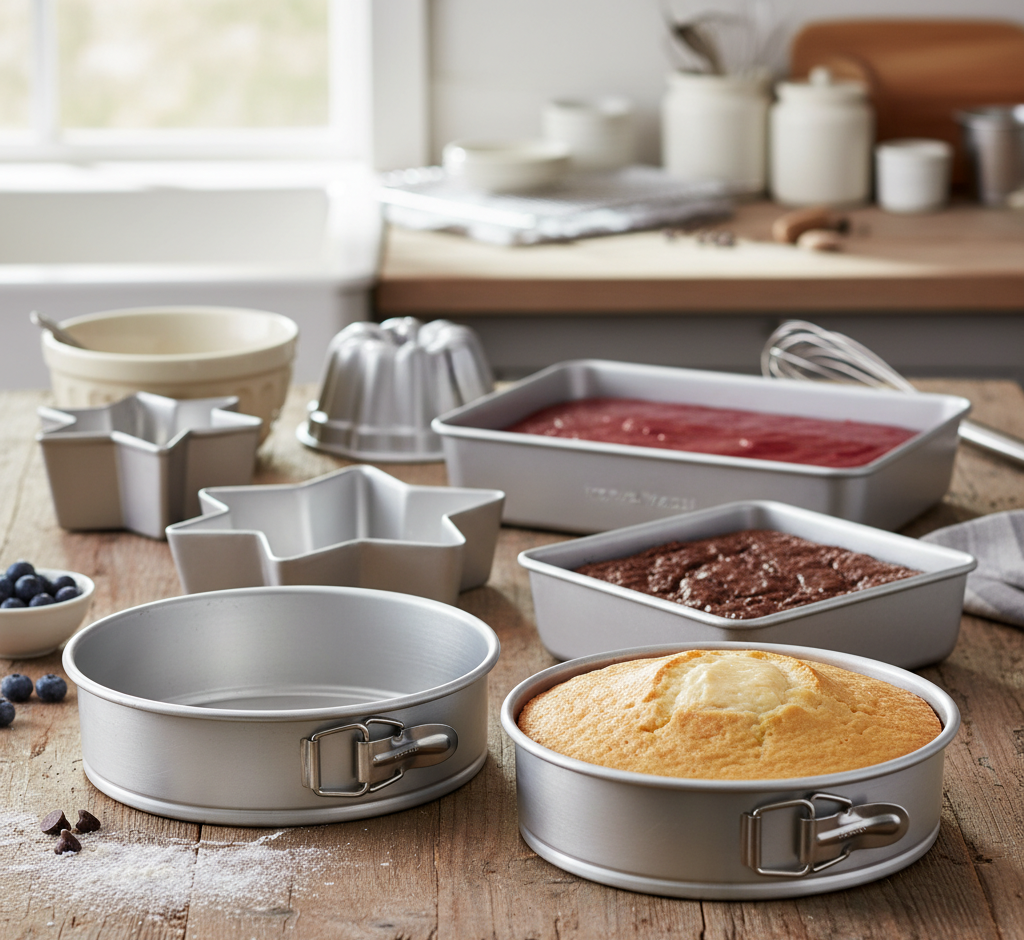
Caring for your cookware is about understanding its material and treating it with the respect it deserves. A few moments of proper care after each use will not only keep your pans looking great but will ensure they perform at their best for years, even decades, to come.
While you master the art of maintaining your pans, remember that a truly clean kitchen extends beyond the stovetop. For a comprehensive clean that makes every surface shine, Toronto Shine Cleaning offers professional services that handle everything from the countertops to the floors, ensuring your entire cooking space is as pristine as your best-kept pan.













